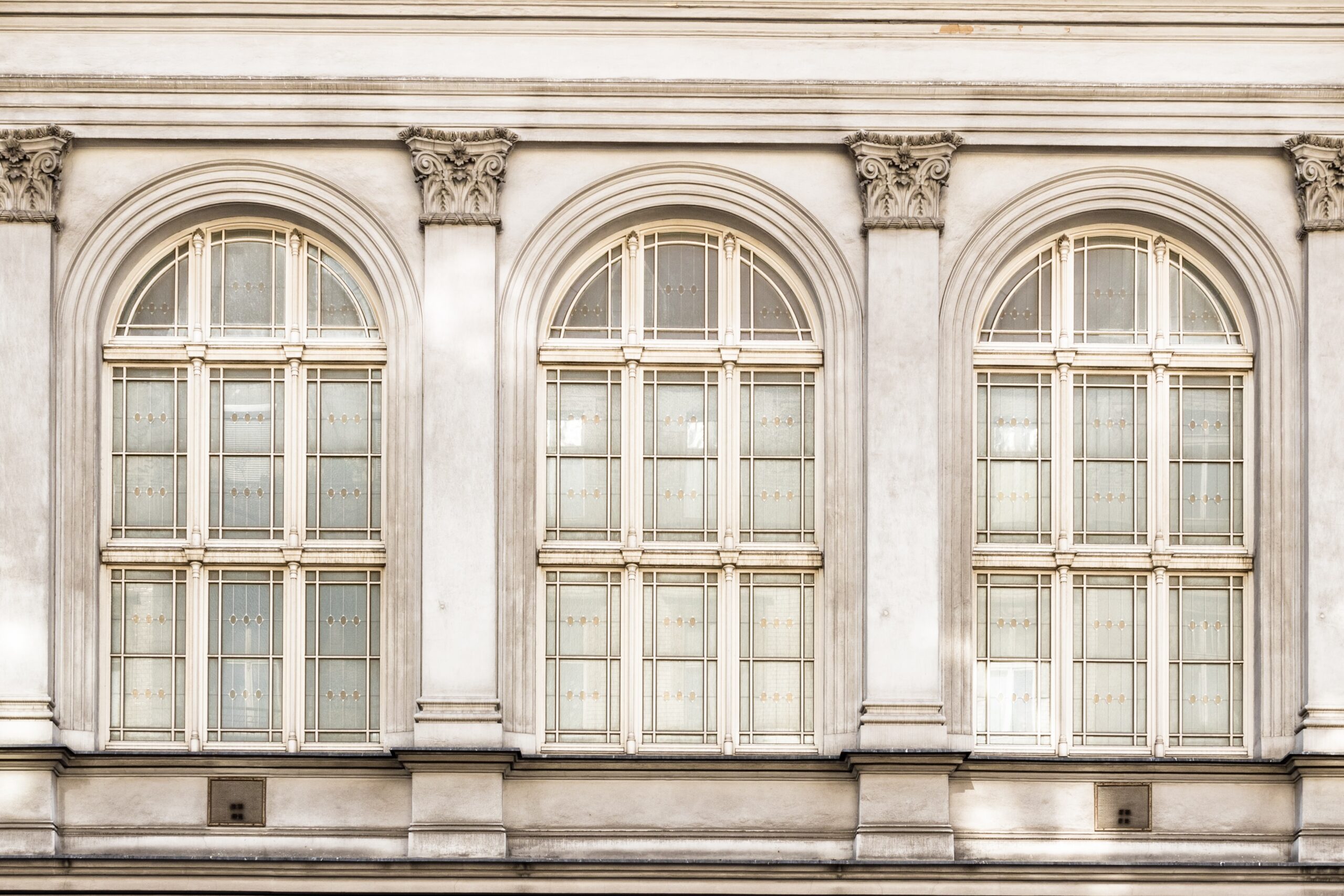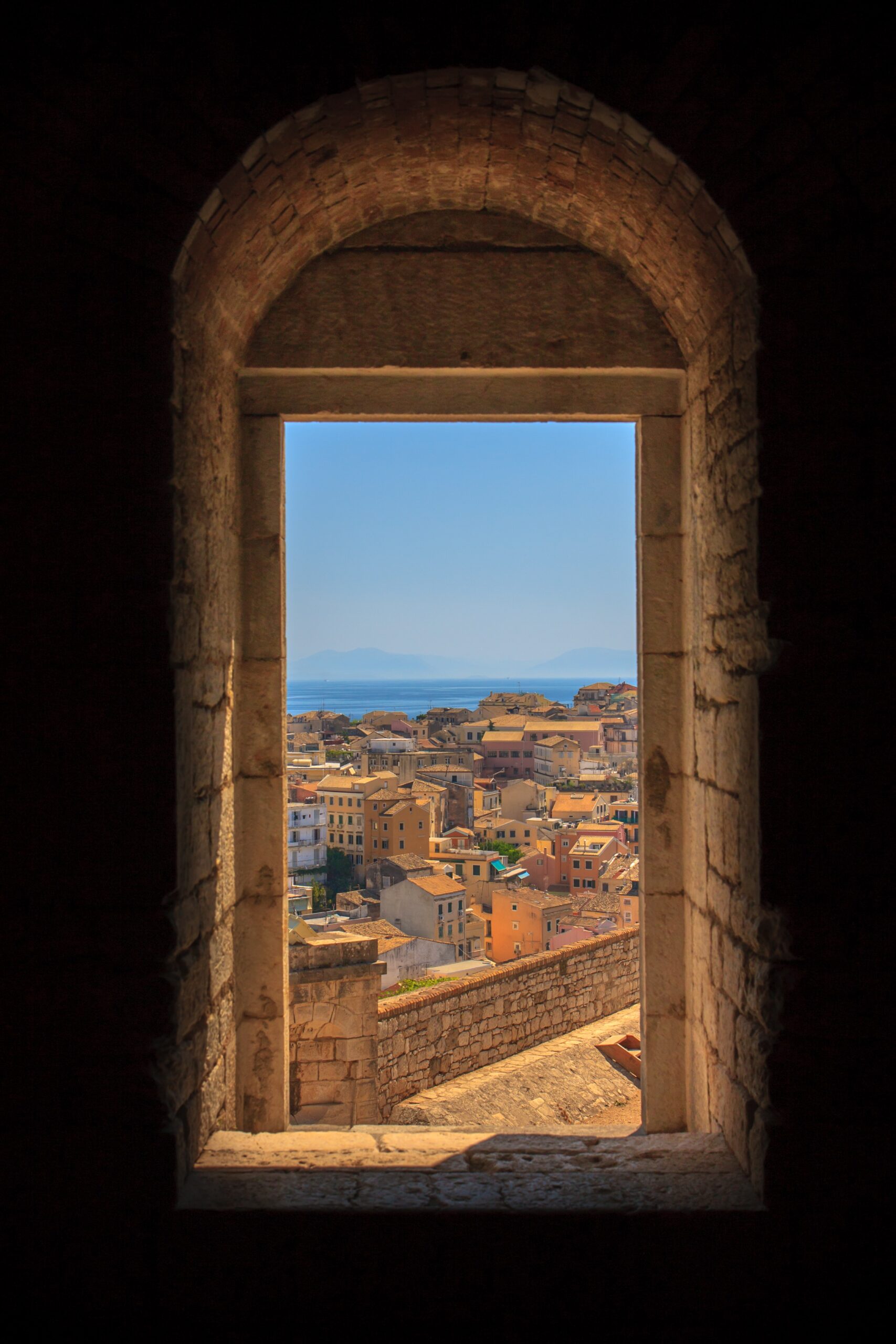If you’re a homeowner in the UK and currently contemplating a window replacement, you may find yourself wondering about the pros and cons of different window materials. Specifically, how do uPVC windows stack up against the traditional choice of wood? This article aims to shed light on the comparison, providing you with valuable insights to help you make an informed decision for your home.
1. Cost
1.1 Initial Cost
When it comes to the initial cost, uPVC windows generally tend to be more affordable than wood windows. This is because uPVC is a synthetic material that is readily available and requires less labor-intensive manufacturing processes. On the other hand, wood windows are often considered a premium option and can come with a higher price tag due to the cost of sourcing and processing the natural wood materials.
1.2 Maintenance and Repair Cost
In terms of maintenance and repair costs, uPVC windows have the upper hand. Unlike wood windows, uPVC windows do not require regular painting or staining to maintain their appearance. They are also resistant to rot, decay, and insect damage, eliminating the need for costly repairs associated with these issues. Wood windows, on the other hand, require regular maintenance, such as repainting or staining, to protect the wood and prevent deterioration.
1.3 Energy Efficiency Cost
When it comes to energy efficiency, both wood windows and uPVC windows offer their own advantages. Wood is a natural insulator and provides excellent thermal performance, helping to reduce heat loss and minimize energy costs. However, uPVC windows can be equally energy-efficient when equipped with double glazing, which enhances their insulation properties. While the initial cost of double glazing may add to the overall expense of uPVC windows, it can result in long-term energy savings and lower heating and cooling costs.
1.4 Long-term Cost Analysis
Considering the long-term cost analysis, uPVC windows tend to have a slight edge over wood windows. Thanks to their low maintenance requirements, uPVC windows can save you money in the long run by not requiring regular upkeep, such as repainting or staining. Additionally, their energy-efficient properties can lead to reduced heating and cooling costs over time. However, it’s worth noting that wood windows, with proper care and maintenance, can also offer an excellent lifespan and may not require replacement as frequently as uPVC windows.
2. Aesthetics
2.1 Traditional and Classic Appeal of Wood Windows
Wood windows have a timeless appeal that adds a touch of elegance and warmth to any home. Their natural beauty and authentic charm can enhance the overall aesthetics of both traditional and contemporary architectural styles. Wood can be easily customized and stained to match the unique character and design of your home, allowing for a personalized and visually pleasing window option.
2.2 Contemporary and Versatile Look of uPVC Windows
On the other hand, uPVC windows offer a sleek and modern aesthetic, perfect for homeowners who prefer a clean and minimalist look. With a wide range of colors and finishes available, uPVC windows can complement various architectural styles, from contemporary to traditional. They can be easily tailored to match your home’s exterior design, providing a versatile and cohesive look.
2.3 Matching Window Styles to Home Architecture
Choosing the right window style that complements your home’s architecture is essential for achieving the desired aesthetics. Both wood windows and uPVC windows offer a diverse range of styles, including casement, sash, tilt and turn, and more. Whether you’re looking for a traditional look with intricate details or a sleek, modern design, both wood windows and uPVC windows can be customized to suit your specific style preferences.

3. Durability and Lifespan
3.1 Wood Windows: Natural and Authentic Material
Wood windows are known for their durability and long lifespan. With proper maintenance and care, wood windows can last for several decades. The natural strength of wood provides excellent structural integrity, making it resistant to impact and strong winds. Furthermore, wood can be repaired if necessary, allowing for an extended lifespan compared to other window materials.
3.2 uPVC Windows: Resistant to Rot, Decay, and Insect Damage
uPVC windows, made from a synthetic material, offer exceptional durability and resistance to common issues such as rot, decay, and insect damage. Unlike wood, uPVC does not suffer from moisture-related problems that can lead to degradation over time. This makes uPVC windows a low-maintenance option with a long lifespan, requiring minimal repairs or replacements throughout their usage.
3.3 Regular Maintenance and Lifespan Comparison
While wood windows may require more regular maintenance to preserve their lifespan, the effort put into their care can pay off in the long run. With proper maintenance, including regular painting or staining, wood windows can continue to perform well and maintain their beauty for many years. uPVC windows, on the other hand, require minimal maintenance, making them a convenient and hassle-free option. However, it’s essential to consider that uPVC windows, depending on the quality and manufacturing, may have a shorter lifespan compared to high-quality wood windows.
4. Energy Efficiency
4.1 Insulation Properties of Wood Windows
Wood windows have inherent insulating properties, thanks to the natural composition of wood as a material. Wood is a natural insulator, meaning it helps to prevent the transfer of heat. This can contribute to improved energy efficiency within the home, as the windows help to retain heat in colder months and keep the interior cool in warmer seasons. Investing in wood windows with double glazing can further enhance their insulation capabilities, resulting in lower heating and cooling costs.
4.2 Double Glazing and Energy Performance of uPVC Windows
uPVC windows, when combined with double glazing, can also provide excellent energy performance. Double glazing involves the incorporation of two panes of glass with a layer of insulating gas in between. This construction enhances the insulation properties of the windows, reducing heat loss and minimizing drafts. uPVC, as a material, has low thermal conductivity, meaning it does not readily transfer heat, contributing to improved energy efficiency and reduced energy costs.
4.3 Impact on Heating and Cooling Costs
Both wood windows and uPVC windows, when properly installed and equipped with appropriate insulation features, can have a significant impact on heating and cooling costs. By minimizing heat loss or gain through the windows, homeowners can reduce their reliance on heating and cooling systems, leading to potential energy savings and lower utility bills. Whether you choose wood windows or uPVC windows, it is crucial to ensure proper installation and invest in energy-efficient options to maximize their energy-saving benefits.

5. Noise Insulation
5.1 Sound Reduction Capabilities of Wood Windows
Wood windows have long been recognized for their sound reduction capabilities. The natural density of wood acts as an effective barrier for reducing external noise and creating a quieter indoor environment. This can be particularly beneficial for homes located in noisy areas, providing a peaceful and tranquil living space.
5.2 Enhanced Noise Reduction in uPVC Windows
uPVC windows, when compared to wood windows, can offer enhanced noise reduction properties, especially when combined with double glazing. The multi-layered construction of uPVC double-glazed windows helps to dampen external noise, creating a more serene and peaceful indoor environment. This is particularly advantageous for homeowners living in urban areas or near busy streets where noise pollution can be a significant concern.
5.3 Comparing Soundproofing Efficiency
When it comes to soundproofing efficiency, uPVC windows with double glazing generally outperform wood windows. However, it’s important to note that the level of sound reduction can also depend on other factors, such as the thickness of the glass, the distance between the panes, and the overall quality of the windows. Considering the specific noise insulation requirements of your home and location is crucial when selecting between wood windows and uPVC windows.
6. Maintenance and Upkeep
6.1 Cleaning and Painting Wood Windows
Wood windows require regular cleaning and maintenance to preserve their appearance and protect them from environmental elements. Cleaning involves gentle washing with a mild detergent and water, followed by thorough drying to prevent moisture-related issues. Additionally, wood windows may need periodic repainting or staining to prevent weathering, maintain their finish, and prolong their lifespan.
6.2 uPVC Windows: Low Maintenance and Easy Cleaning
One of the key advantages of uPVC windows is their low maintenance requirements. Unlike wood windows, uPVC windows do not require repainting or staining. Cleaning uPVC windows is simple and hassle-free, typically involving wiping them down with a mild soap solution and water. Their smooth surface also makes them more resistant to dirt and grime buildup, further reducing maintenance needs.
6.3 Repairing and Replacing Components
Both wood windows and uPVC windows may occasionally require repairs or component replacements due to wear and tear or accidental damage. Wood windows can be repaired by sanding, filling, and repainting or replacing damaged parts while preserving the original window frame. For uPVC windows, damaged components can be easily replaced without affecting the entire window frame. However, it’s important to note that major repairs or extensive replacements may be more challenging with uPVC windows as they typically cannot be repaired to the same extent as wood windows.

7. Environmental Impact
7.1 Sustainability and Sourcing of Wood Materials
When it comes to the environmental impact, wood windows have an advantage in terms of sustainability. Sourcing wood from sustainable forests and using responsibly managed timber ensures that the material is renewable and promotes forest preservation. By choosing responsibly sourced wood windows, you can contribute to the reduction of carbon emissions and support sustainable practices.
7.2 Energy Consumption in uPVC Production
uPVC windows, as a synthetic material, require energy-intensive manufacturing processes. The production of uPVC involves the extraction of raw materials and the use of chemicals, which can result in environmental impact. Furthermore, the disposal of uPVC windows at the end of their lifespan can present a challenge due to their non-biodegradable nature.
7.3 Recyclability and Disposal
While wood windows have the advantage of being biodegradable and recyclable, uPVC windows pose challenges in terms of disposal. uPVC is a non-biodegradable material, making it more difficult to recycle and dispose of sustainably. However, advancements are being made in uPVC recycling technologies, and it is important to choose manufacturers that prioritize environmental considerations and offer recycling programs for uPVC windows.
8. Security
8.1 Burglary Resistance of Wood Windows
Wood windows, when properly installed with high-quality locks and reinforced frames, provide excellent security against burglaries. Wood is known for its inherent strength and durability, making it a reliable option for homeowners concerned about the safety of their homes. Additionally, wood windows can be equipped with advanced security features, such as multi-point locking systems, to enhance their resistance against forced entry.
8.2 Enhanced Security Features in uPVC Windows
uPVC windows have evolved to offer enhanced security features over the years. Modern uPVC windows often come equipped with multi-point locking systems and robust frames, providing effective resistance against break-ins. Furthermore, the inherent characteristics of uPVC, such as its rigidity and durability, add an extra layer of security to your home.
8.3 Assessing Locking Systems and Reinforcements
When considering the security of your windows, it is crucial to assess the quality and effectiveness of locking systems and reinforcements. Both wood windows and uPVC windows can offer high-security options, and it is recommended to choose reputable manufacturers with certified locking systems. Additionally, reinforcing the window frames and glass with security film or laminated glass can further enhance the security of both wood windows and uPVC windows.
9. Weather Resistance
9.1 Natural Resistance of Wood to Weather Elements
Wood, when properly treated and finished, possesses natural resistance to weather elements. This allows wood windows to withstand various climates and weather conditions over time. With appropriate maintenance and protective coatings, wood windows can resist moisture, temperature fluctuations, and UV exposure, ensuring their longevity and performance.
9.2 uPVC Windows: Waterproof and Weatherproof Material
uPVC windows are inherently waterproof and weatherproof, making them highly resistant to the elements. uPVC’s synthetic composition does not absorb moisture, preventing issues such as rot or warping that can occur with wood windows when exposed to excessive moisture. Additionally, uPVC’s resistance to UV radiation helps maintain the appearance and structural integrity of the windows over time.
9.3 UV Protection and Fading
While wood windows can be susceptible to fading and discoloration over time due to UV exposure, uPVC windows have built-in UV resistance. uPVC’s inherent composition prevents fading, ensuring that the windows retain their color and appearance for a longer duration. This can be particularly beneficial for homes in sunnier climates or areas with high UV radiation, helping to maintain the visual appeal of the windows.
10. Considerations for UK Homes
10.1 Historical and Period Properties
For homeowners residing in historical or period properties, the choice between wood windows and uPVC windows can be crucial in maintaining the authenticity and character of the home. Wood windows are often the preferred choice for these properties as they offer a traditional aesthetic in line with the building’s architectural features. However, some uPVC windows can be designed to replicate the appearance of wood, allowing for a compromise between aesthetics and practicality.
10.2 Modern and New Build Homes
For modern and new build homes, uPVC windows have gained popularity due to their sleek and contemporary look. The versatility, low maintenance, and enhanced energy efficiency of uPVC windows make them an ideal choice for homeowners looking for a modern aesthetic combined with practicality. However, wood windows can also be a suitable option for those seeking a more classic or personalized touch to their home’s design.
10.3 Lifestyle Factors and Personal Preferences
Ultimately, the choice between wood windows and uPVC windows can be influenced by individual lifestyle factors and personal preferences. Considerations such as maintenance requirements, energy efficiency, noise reduction, and design aesthetics should all be taken into account when determining which option best suits your needs and preferences. It is advisable to consult with window professionals, consider your specific requirements, and weigh the pros and cons of each material to make an informed decision.
